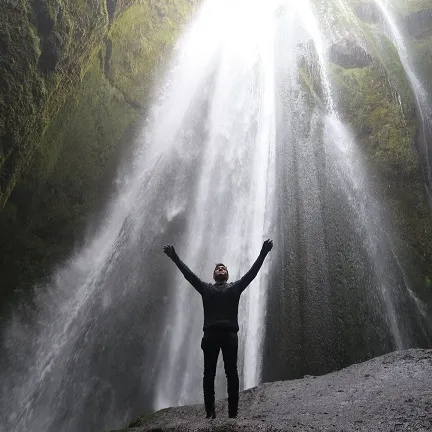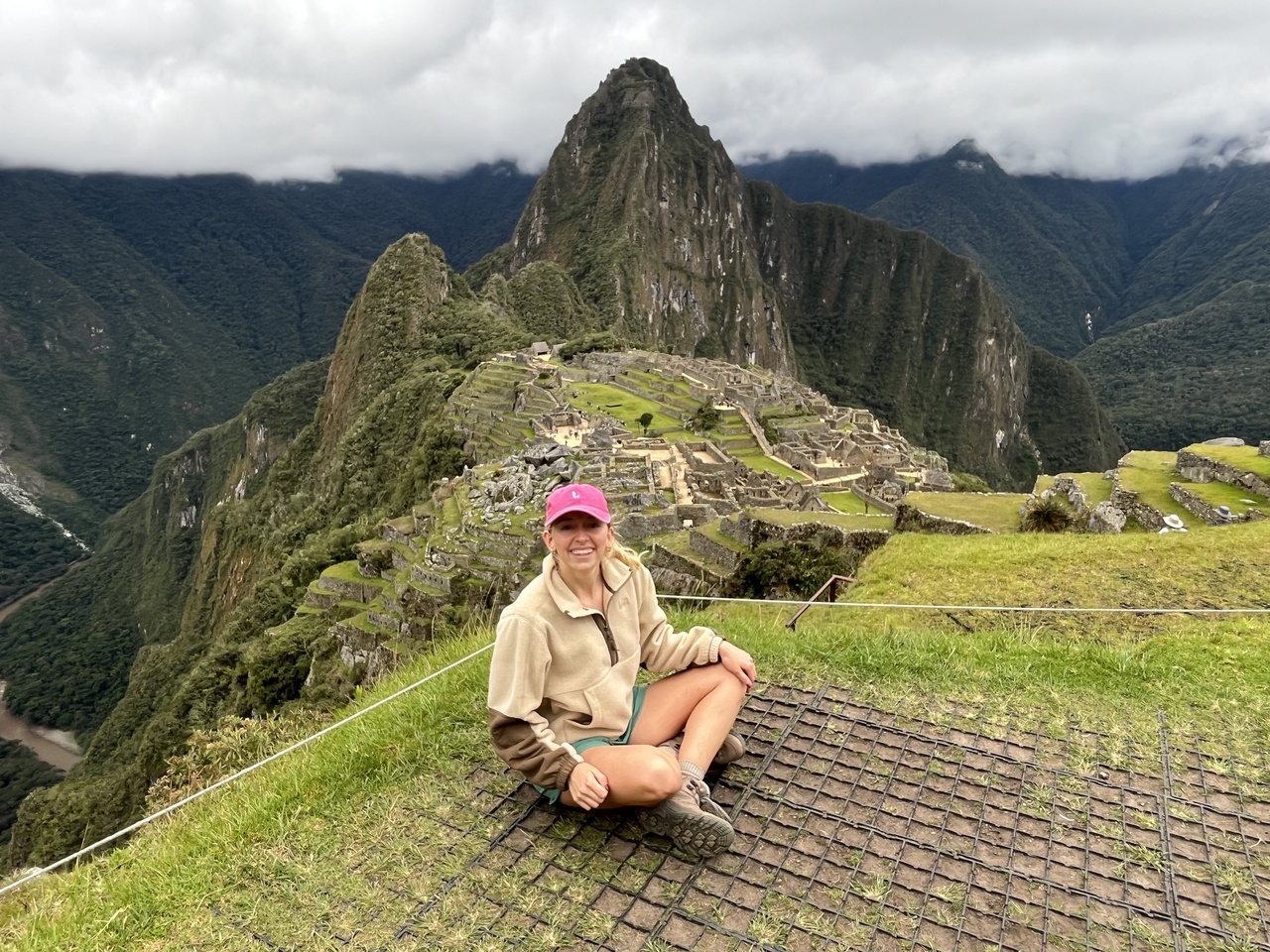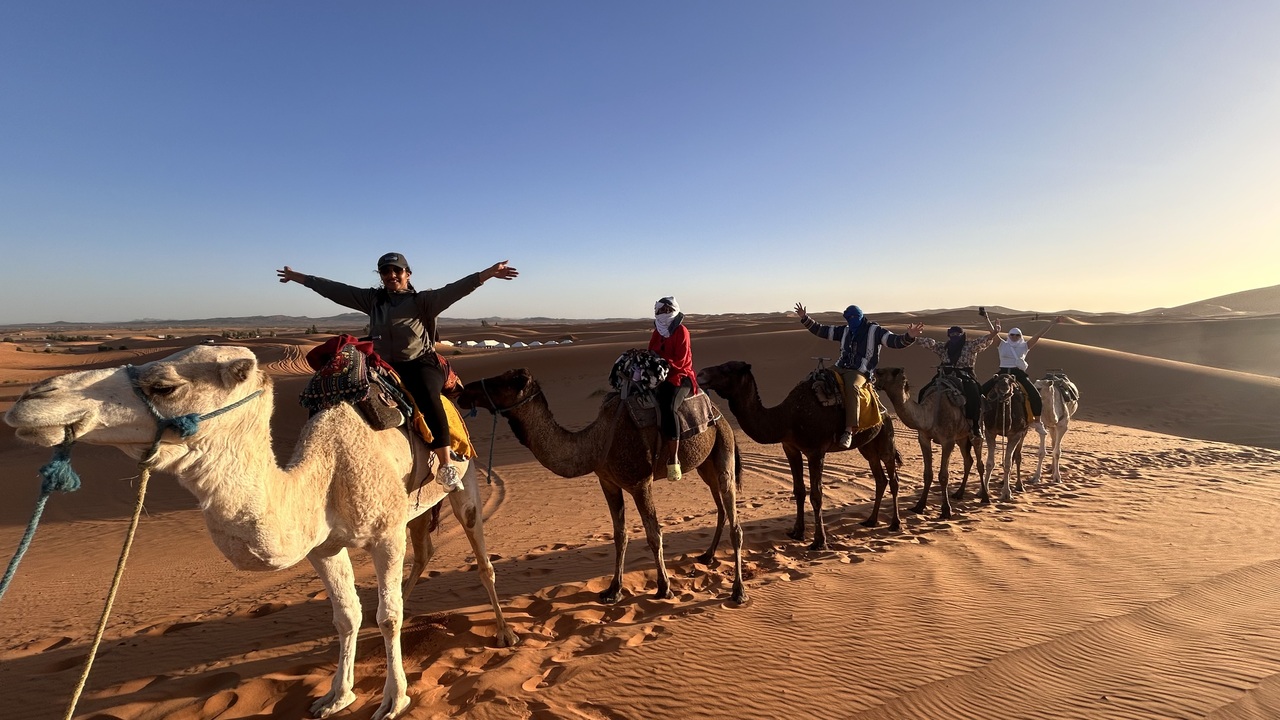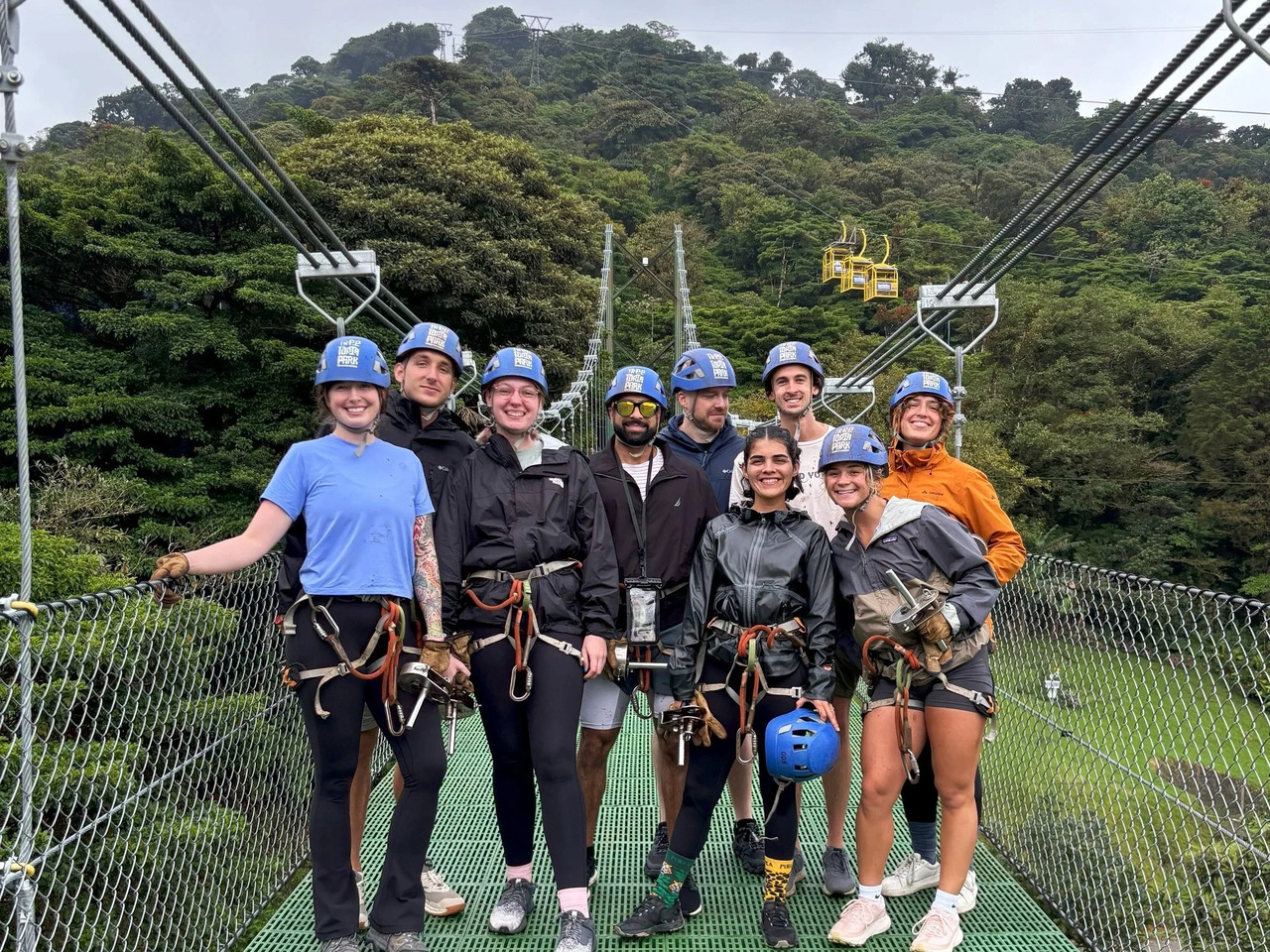Over the past few decades, Cambodia has become a booming travel destination, enchanting tourists by the millions every year.
Most make a beeline for Angkor Wat, the world’s largest religious monument and a UNESCO World Heritage Site. Considered one of the top tourist destinations in the world, Angkor Wat is the most magnificent and well-known of the over 1,000 temples built between the 9th and 15th centuries during the Khmer Empire. During this period, each new “god-king” was expected to out-build his predecessor, resulting in some of history’s most incredible architectural feats.

Although Angkor Wat is incredible, there is more to Cambodia that makes it one of the destinations of a lifetime. Cambodia’s gorgeous islands and beaches are both cheaper and less crowded than neighboring Thailand’s beaches. The jungles are rich in rare flora and fauna, plus opportunities to hike and trek to amazing waterfalls. Food is delicious, much like its neighbors, but generally sweeter and less spicy than Thai and Lao food. And it’s impossible not to feel welcomed by the warm, generous, and hospitable people that abound. 95 percent of the population follows Theravada Buddhism, and it’s not uncommon to see monks wandering the streets.

It’s no wonder visitors so readily fall in love with Cambodia. However, to be a conscious and respectful traveler, there are a few things to know before visiting.
Understand that Cambodia is still recovering from the reign of the Khmer Rouge

“All of my brothers and sisters were killed by the Khmer Rouge. I’m the only person left in my family,” my friend in Cambodia solemnly told me. I looked at him with wide eyes. Working in a Cham Muslim fishing village in Kampot, Cambodia, I knew that I was living amongst an ethnic minority that had suffered greatly only a couple of decades ago. But this was the first time someone had talked about it in front of me.
I found it difficult to fathom that, despite the incredible friendliness and warmth of almost everyone I met in Cambodia, anyone over 40 years old had lived through one of the most horrific genocides history has ever seen, with a full quarter of Cambodia’s population killed over 4 years, between 1975-1979. Minorities, Buddhist monks, professionals, government officials, artists, musicians, and scholars were among those specifically targeted for massacre and abuse.
Nowadays, Cambodia is generally safe to travel to. But the terror and economic turmoil the Khmer Rouge inflicted upon Cambodia has left its mark. Do a little research ahead of time to gain some understanding of this dark age and, while in Cambodia, be sure to visit the Killing Fields in Phnom Penh for a deeper understanding of what happened and how it’s shaped Cambodia today.
Your money can go a long way to support Cambodia’s disadvantaged groups and cultural heritage.

The Khmer Rouge destroyed a lot of Cambodia’s cultural heritage, but many groups and social enterprises are working to reclaim it and improve the lives of the disadvantaged. Some of my favorites are Banteay Srei, a women’s empowerment spa in Kampot, and Siem Reap’s Phare the Cambodian Circus, which trains and employs Cambodian performance artists, dedicating profits to support Phare Ponleu Selpak NGO School. Every major city has social enterprise restaurants and shops helping different groups of people, so find some in the city you’re in and support them. Finally, be sure to book your accommodation and dine with small local businesses wherever possible to help support local economies.
Cambodians appreciate it when you follow their local customs.

Like any country, Cambodia has its own set of unique cultural customs. They may seem strange or different to Westerners, but Cambodians appreciate it when foreigners respect local culture by following these customs. For example, the head is considered to be the most sacred part of the body, and the feet the lowliest. Therefore, it’s not OK to touch someone’s head or point the sole of your foot at someone. Modesty at religious sites is another way locals and foreigners are expected to show respect, so when visiting temples, remember to cover your shoulders, chest, and knees (even if other tourists aren’t).
Research some Cambodian customs before traveling and you’ll ensure that your presence is welcomed. Being considerate of Cambodian culture gains the respect of locals and makes your interactions even more genuine and fulfilling.
Be conscious of your impact, and understand that Cambodia is in a different place when it comes to environmental awareness.

One of the women my manager in Cambodia worked with told her the story of her first plastic bag. Coming from an impoverished life, it was the first time she’d made enough money to buy something from a store, and her purchase came in a plastic bag. She glowed as she remembered the sense of accomplishment she felt making her first-ever purchase. For months, she carried that plastic bag around with pride.
Most of us will never begin to fathom what it’s like to grow up like this. To be conscious travelers, it’s our responsibility to minimize our impact by politely declining single-use plastics and properly disposing of waste. Many Cambodians are aware and diligently working towards environmental sustainability, but not everyone learns about this in their upbringing or education. Therefore, we must practice empathy and reserve judgment when we don’t see locals following the same waste-reducing practices we do.
Visiting Cambodia is a travel experience like no other. Rich in culture, cuisine, historical sights, beautiful landscapes, and incredible people, it’s a place to see some of the world’s best tourist sites. But even better than that is when we get off the beaten path to immerse ourselves in Cambodia’s unique culture.
When we make the extra effort to be informed and conscious, we ensure that our presence gives back to the communities we visit. When we seek out genuine interactions and remove the protective walls that separate “us” from “them,” we cease to be tourists and grow into travelers. When we open ourselves up to learn something new and unlearn what we thought we knew, our vacation transforms into a life-changing experience more authentic and fulfilling than we could ever have imagined.




.avif)


























